In today’s litigation landscape, video depositions are no longer just a discovery tool—they are a strategic asset. Plaintiff’s attorneys have long recognized the persuasive power of recorded testimony, not just for what is said, but how it is said. By capturing facial expressions, body language, gestures, and voice inflections, they create compelling sound bites that can influence mediators, arbitrators, and jurors alike.
The Rise of Non-Verbal Communication in Depositions
Non-verbal communication—facial expressions, posture, gestures, and tone of voice—plays a significant role in how testimony is perceived. A witness might say the right words, but their tone, fidgeting, or lack of eye contact can betray uncertainty, evasion, or discomfort. These cues are often more revealing than the transcript.
Plaintiff’s counsel often use video clips to show stark differences between deposition demeanor and trial performance—highlighting the possibility that a witness has been coached or rehearsed for trial. These visual contrasts can be powerful tools of persuasion.
The “Four Times” the Sound Bite Can Be Used
Savvy litigators know that a single damaging clip can be used up to four times during a trial:
- Opening Statement
- Plaintiff’s Case-in-Chief
- Cross-Examination of the Same Witness (if called by the defense)
- Closing Argument
This repetition ensures the jury retains the moment—and the message.
Bringing Technology into the Deposition Room
Today, technology enhances video depositions even further. Trial presentation software now allows attorneys to:
- Share and display exhibits digitally
- Create side-by-side video and document views
- Layer visuals such as testimony, highlighted PDFs, or animations
- Allow the witness to annotate documents in real time
- Capture and preserve those interactions for future playback
Whether conducted in-person or via Zoom, these tools work seamlessly in post-production to craft a clear, powerful narrative.
Zoom Depositions & Post-Production Editing
With remote depositions becoming more common, Zoom video depositions offer the same advantages. Attorneys can:
- Record sessions directly
- Extract testimonial clips for playback
- Edit in side-by-side exhibits
- Layer facial reactions with on-screen documents or demonstratives
Post-production tools allow you to fine-tune lighting, sound, layout, and timing to maximize visual impact.
A Strategic Weapon for the Defense, Too
While plaintiffs may have pioneered the tactical use of video depositions, defense attorneys must catch up. When used effectively, video testimony becomes a formidable asset:
- Highlight inconsistencies in plaintiff or expert testimony
- Humanize your client or witness
- Rebut claims with controlled, professional video moments
Defense counsel must prepare their witnesses not just for what to say—but how to look, sound, and behave on camera. Training should include feedback on voice tone, facial tension, gestures, and posture. Video is not forgiving. Everything counts.
A Brief History: From Studio Setups to Smart Depositions
In the 1970s, videotaped depositions were rare and cumbersome. Recording a doctor’s de bene esse testimony often involved full-scale TV-style setups with heavy lighting and bulky cameras.
Today, depositions can be recorded in high definition on a laptop. Software allows integration of multimedia, synchronized transcripts, and annotations—giving rise to “Smart Depositions” that resemble mini-trials.
Real-World Impact: Why It Matters
Imagine a scenario where a corporate representative seems evasive or hostile in deposition but polished and rehearsed at trial. Playing the deposition clip lets a jury see the contrast—you don’t need to argue they’ve changed; you can show it.
These are the moments that change minds.
Final Thoughts
As legal professionals, we must recognize that videotaped depositions are no longer passive tools. They are storytelling devices. With careful planning, post-production editing, and integration of trial presentation technology, these recordings become central to trial strategy.
Whether you’re representing plaintiffs or defendants, the message is clear: prepare to be seen, prepare to be heard, and prepare to be believed.
Revisiting the Strategic Value of Video Depositions in Litigation
The courtroom is no longer the only place where persuasive storytelling happens. Today, video depositions in litigation are reshaping how evidence is presented and perceived. These depositions offer more than just a transcript—they capture the witness’s tone, facial expressions, gestures, and overall demeanor. In a world where jurors are influenced by what they see and hear, these visual and verbal cues become critical in painting a fuller picture of the truth. Attorneys are increasingly relying on this technology to reveal not only what was said, but how it was said.
One of the reasons video depositions in litigation have become a cornerstone of modern trial strategy is their ability to expose inconsistencies and credibility issues. A witness who appears confident on paper may look uncertain or coached when viewed on video. This contrast can be powerful when shown to a mediator, arbitrator, or jury. By capturing these nuances, attorneys create compelling sound bites that can be reused at multiple stages of trial—from opening statements to closing arguments. The strategic value of video cannot be overstated.
Whether recorded in person or via Zoom, video depositions in litigation allow legal teams to combine testimony with side-by-side exhibits, document overlays, or even real-time annotation. These enhancements make it easier for viewers to connect statements with supporting visuals, increasing the deposition’s persuasive power. As the legal field continues to adopt smart deposition technology, attorneys who master the use of video depositions will gain a clear edge in both courtroom presentation and case resolution.
📌 Pro Tip: Always mark critical testimony as potential “playback clips” during the deposition. Time-stamping and notes will streamline editing later.
Disclaimer
The information provided in this blog post is for general informational purposes only and does not constitute legal advice. Viewing or relying on this content does not create an attorney-client relationship between the reader and any contributor or affiliated firm. Video deposition practices, admissibility, and legal procedures may vary by jurisdiction. Readers should consult a qualified attorney for advice regarding any specific legal matter. PhillyLegalNews.com is not responsible for any actions taken or not taken based on the content of this article.

















